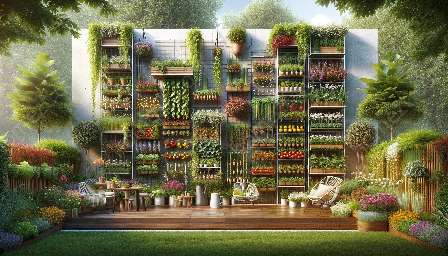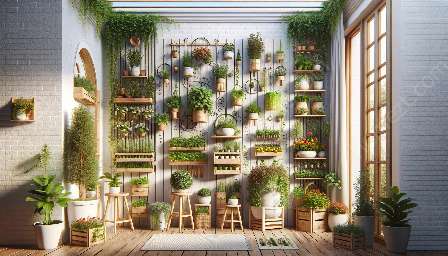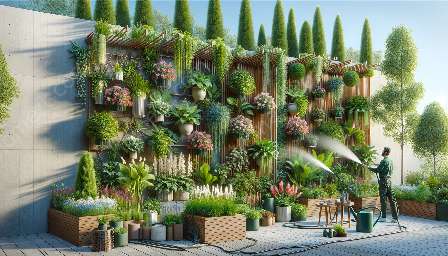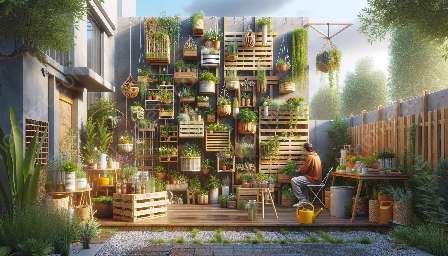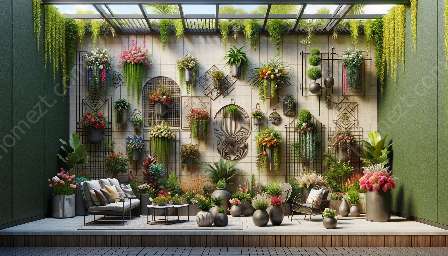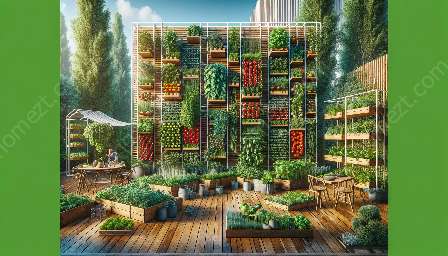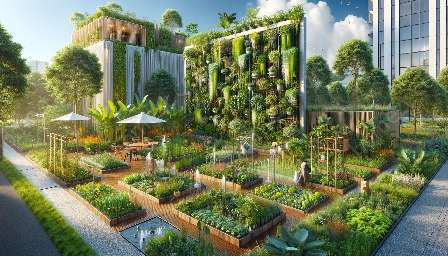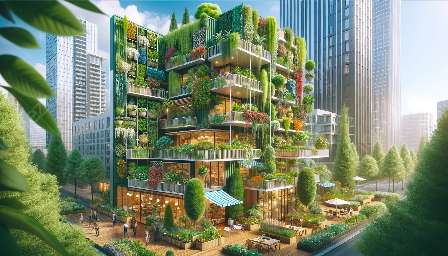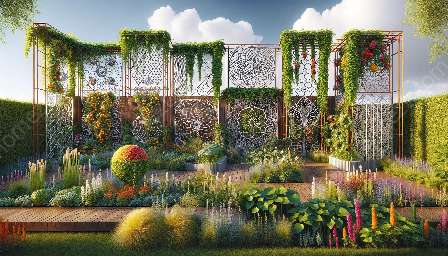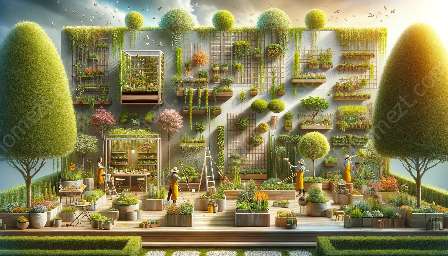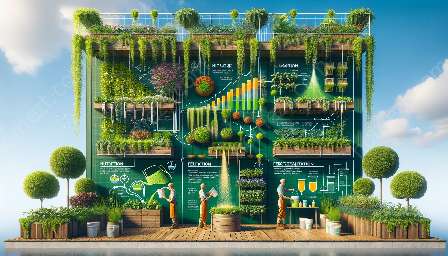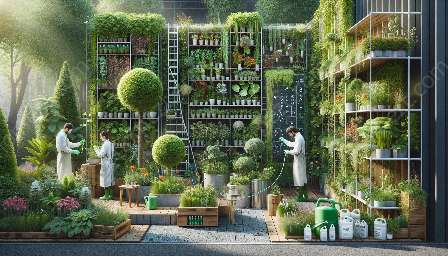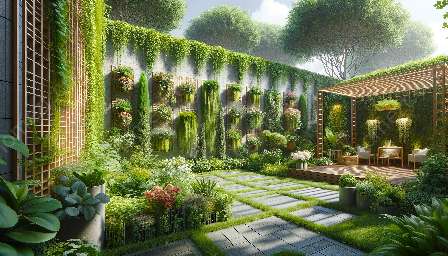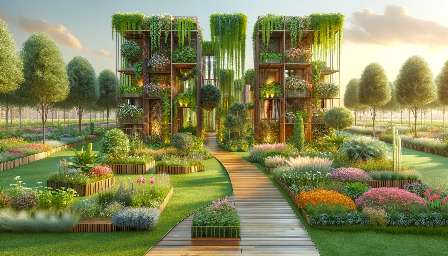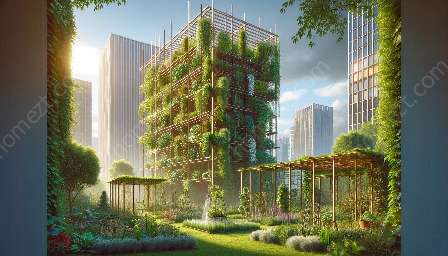Vertical gardening has gained popularity as an efficient and space-saving method to grow plants in small areas. By utilizing trellises and other garden structures, you can create beautiful and functional vertical gardens that not only maximize space but also add a unique aesthetic to your outdoor or indoor space.
Understanding Vertical Gardening
Vertical gardening involves growing plants in a vertical direction, utilizing walls, fences, trellises, and other structures to support and display plants. This technique is especially beneficial for individuals with limited outdoor space, such as urban dwellers or those living in apartments or condominiums.
Types of Vertical Gardens
There are several techniques and methods for creating vertical gardens in small spaces. Some popular options include:
- Stacked Pots: Using a series of pots or containers stacked on top of each other to create a vertical garden. This method allows for easy maintenance and flexibility in plant selection.
- Living Walls: Installing a framework with pockets or planters to create a lush, living wall of plants. This technique is often used to add greenery to outdoor and indoor spaces with limited floor space.
- Vertical Trellises: Utilizing trellises and climbing structures for vining plants or vegetables, such as tomatoes, cucumbers, or beans. This method promotes vertical growth and conserves ground space.
- Hanging Gardens: Suspending planters or baskets from overhead structures to create a cascading display of plants. This technique is ideal for small patios, balconies, or indoor spaces.
Choosing the Right Plants
When designing a vertical garden, it's important to select plants that are suitable for vertical growth and can thrive in the available space and lighting conditions. Consider factors such as sunlight exposure, water requirements, and the mature size of the plants when choosing which species to include in your vertical garden.
Design and Maintenance
Creating an attractive and functional vertical garden involves careful planning and maintenance. Consider the overall design aesthetic, plant color combinations, and the visual impact of your vertical garden. Regular watering, pruning, and fertilizing are essential to keep your vertical garden thriving and looking its best.
Enhancing Your Vertical Garden with Trellises
Trellises are versatile garden structures that provide support for climbing plants while adding architectural interest to vertical gardens. Depending on the design and material, trellises can serve as a focal point, a privacy screen, or a backdrop for your vertical garden. When incorporating trellises into your vertical gardening project, consider the following:
- Trellis Materials: Choose trellises made from durable and weather-resistant materials such as metal, wood, or vinyl. Consider the style and aesthetic of your outdoor space when selecting the appropriate trellis material.
- Placement: Position trellises strategically to maximize sunlight exposure for your plants while creating an eye-catching display. Ensure that the trellises are securely anchored to the wall or ground to support the weight of climbing plants.
- Maintenance: Regularly inspect and maintain trellises to ensure their structural integrity. Treat wooden trellises with weatherproof coatings, and periodically clean metal or vinyl trellises to prevent rust or corrosion.
Creating an Attractive Vertical Garden
Whether you're interested in growing flowers, herbs, or vegetables, vertical gardening offers an array of possibilities for small spaces. By implementing innovative techniques and utilizing trellises, you can transform any vertical surface into a vibrant and flourishing garden. Embrace the creativity and flexibility that vertical gardening provides, and enjoy the beauty of nature within your limited space.

